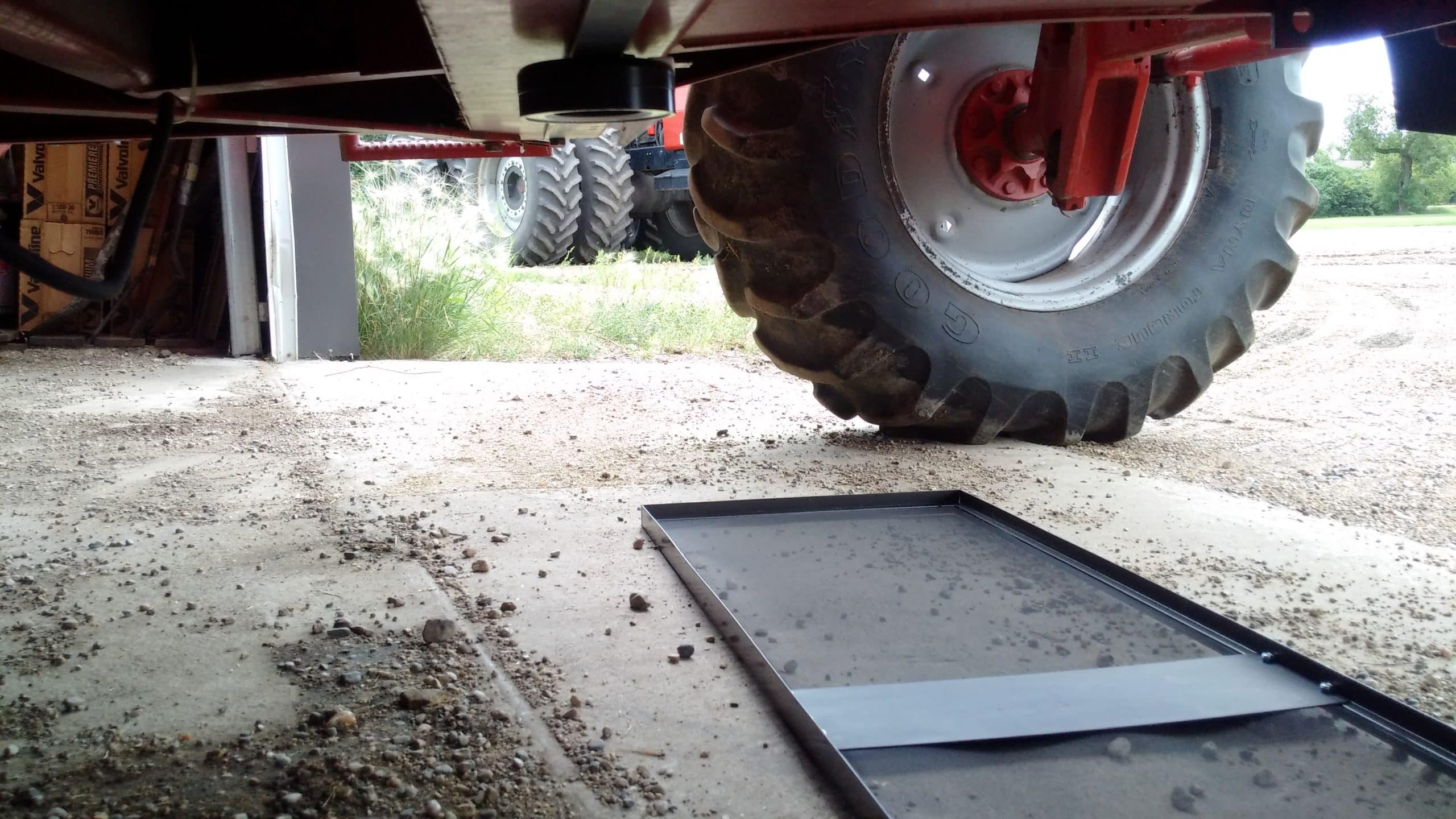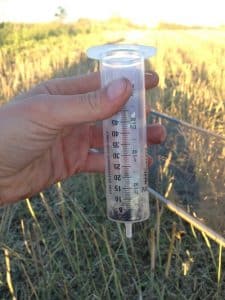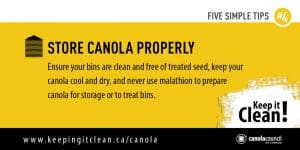While you’re letting your canola fields mature to the level of seed colour change that will be best for your upcoming swath or straight combining operation, there are some useful items to check off your harvest prep list.
1) Make sure your combine and other equipment is working well and ready to go. A bit of extra preparation time will mean you’re ready to go when your next crop is (and could help avoid an unnecessary mechanical issue).
2) Plan for your region. If you are in an area, such as northwestern Saskatchewan that may be preparing for a potentially wet harvest, consider looking into additional rubber for harvesting equipment if those conditions persist. If you are in a region that has had a hot summer and may be expecting high temperatures at harvest, you may want to review your aeration options for storing hot canola. Read about more storage tips here.
3) Get set up to check for harvest losses.
- This may involve going out and getting a harvest loss pan, or selecting one from items around the farm.
- Gather up the other items needed:
- A volumetric cylinder or scale
- The PAMI/CCC Combine Seed Loss Guide for reference
- A calculator (or use the one on your phone)
- Go through a test run where you drop the pan and have to empty some number of seeds out into the cylinder for the calculation (so you can figure out the necessary logistics and safety measure you may need to note when doing it in the field).
- Test out a practice calculation so that you can do it quickly when you have less time (if you can’t do it quickly, you may be less likely to actually do it).
- Watch this short and informative CCC harvest management video, noting how harvest losses are calculated within it.
- Read a more on this and how to do the calculation properly here.
4) Check your pre-harvest intervals at www.spraytoswath.ca and learn about international canola markets from this Keep it Clean brochure.
5) Check your storage situation. Make sure your bins are clean, dry and ready to go. Read more on canola storage tips here and storage risk factors to avoid here.



